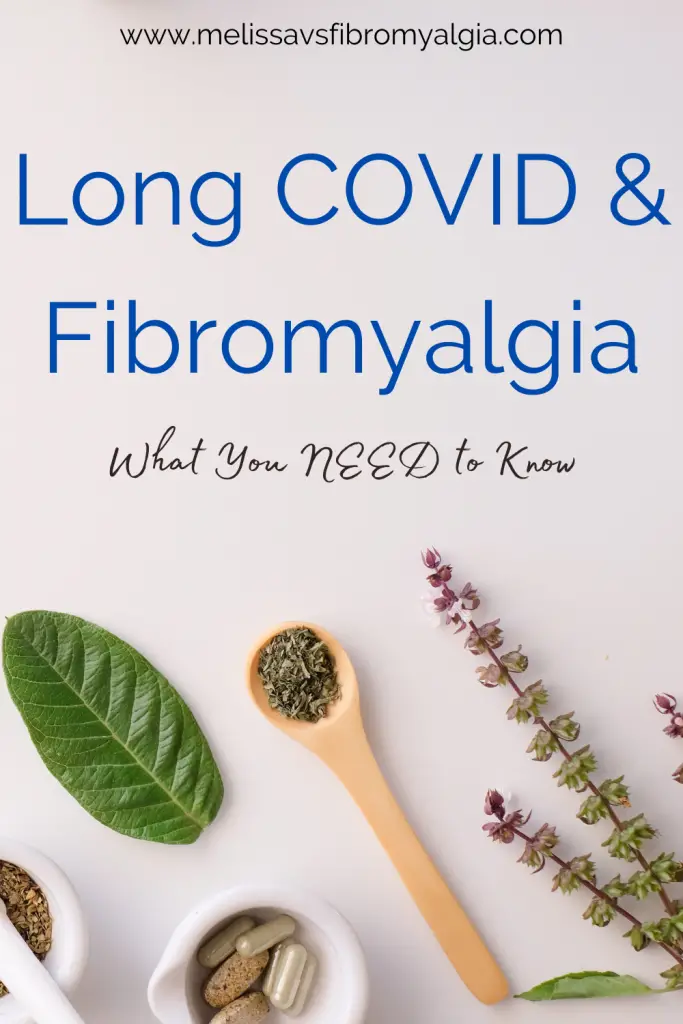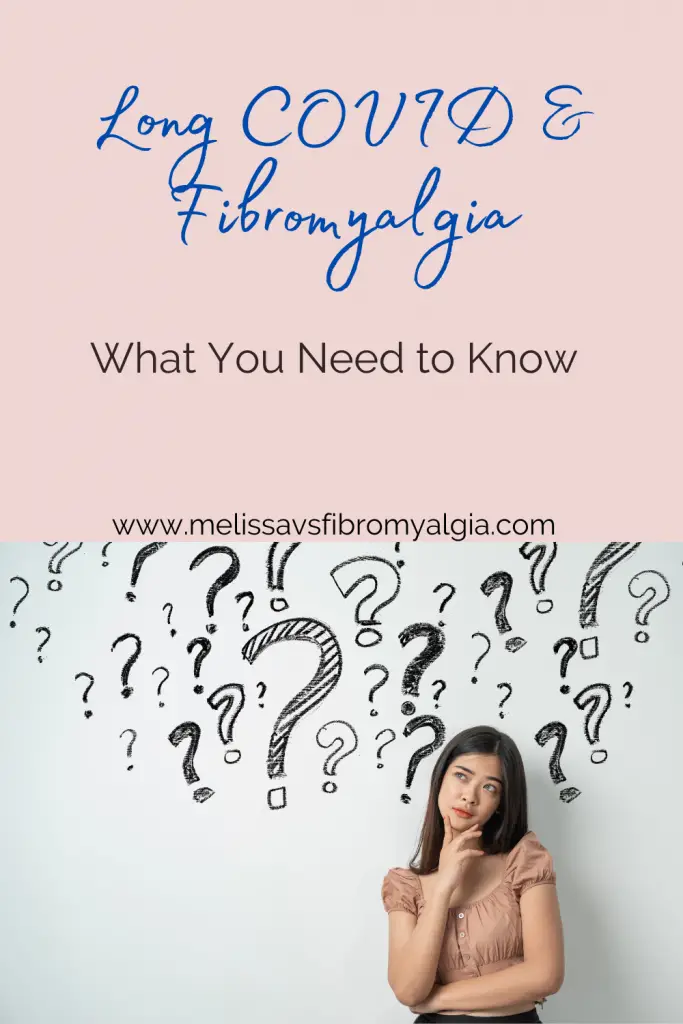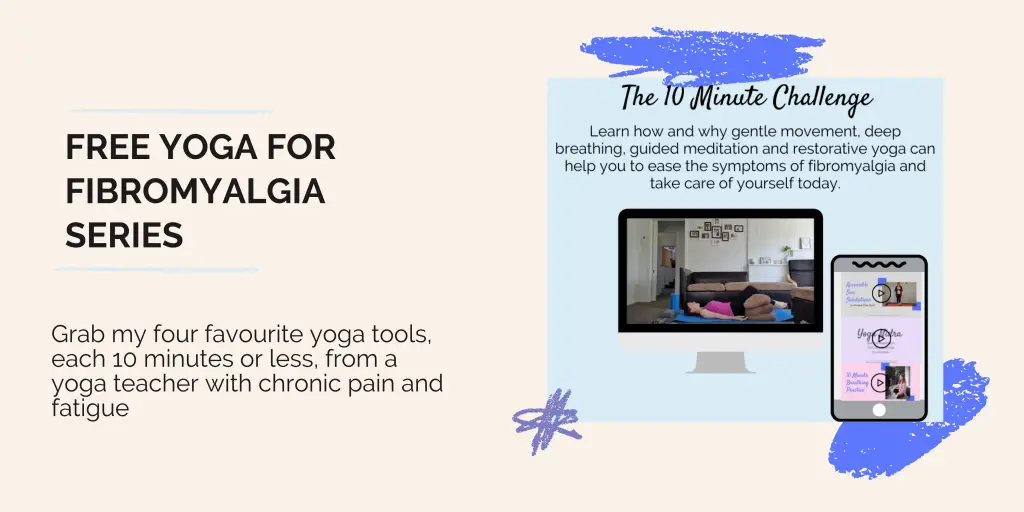With estimates as high as 50% for people developing long COVID post-infection, and there being a high cross over of symptoms, it’s important to look at long Covid and fibromyalgia. Here’s what you need to know.

Patients with long COVID often experience new or worsening pain as part of their condition. Other symptoms include fatigue, brain fog, sleep disturbance, gastrointestinal distress and more. Does this sound familiar?
If you are a person with fibromyalgia or chronic fatigue syndrome, then it likely does.
Long COVID, and the sheer numbers coming through, is highlighting the lack of support for patients with these symptoms.
Dr. Morlion concurred. “At the pain center, we have started seeing patients with long COVID who experience diffuse, chronic, widespread pain and headaches, mostly with fatigue and poor post-exertional recovery. Based on the ICD-11 chapter for chronic pain, most of them would comply to the definition of chronic primary pain with major distress.”
Long Covid and Chronic Pain
One major problem for these patients is that doctors are not equipped to deal with these symptoms. There are many potential symptoms one could experience. So, as with fibromyalgia, it is difficult for doctors to offer one treatment plan for all.
Research has been commissioned and is taking place. But there are more questions than answers currently.
Key facts about long COVID and fibromyalgia
- Up to 50% of COVID-19 survivors are developing symptoms that are being diagnosed as long COVID
- Chronic pain was already a big, undertreated problem
- Distinguishing between long COVID, fibromyalgia, chronic fatigue syndrome and other chronic conditions with similar symptoms is difficult
- Underlying conditions can be exacerbated by long COVID
- They are not sure what causes long COVID
What to do if you think your symptoms are worse post infection?
Discuss your concerns with your medical team. Tell your doctor exactly what you think has changed. And create a new plan. Adjust your pain management plan, your pacing plans and discuss your medicinal plans with your doctor.
The great news is that there is a lot you can do for the individual symptoms.

Treatments for long COVID symptoms and fibromyalgia
Essentially, you will want to treat long COVID similarly to fibromyalgia – work with your medical team and take care of your self management plans. My blog is all about that! Here’s a summary of some good places to start.
Low dose naltrexone has already been researched for it’s safety and efficacy in long covid. It is said to help with energy, pain levels, brain fog and sleep disturbance.
You can learn more about low dose naltrexone here in my free training.
Sleep is important. In addition to good sleep hygiene practices, you will want to discuss supplements and/or medicine to help you get the best quality sleep that you can.
Calm the central nervous system – central sensitization has been implicated in both long COVID and fibromyalgia.
Central sensitization is “an amplification of neural signalling within the central nervous system that elicits pain hypersensitivity” Woolf C.J. Central sensitization: Implications for the diagnosis and treatment of pain. Pain. 2011;152:S2–S15. doi: 10.1016/j.pain.2010.09.030. [PMC free article]
Calming the central nervous system will help the stress response, pain, fatigue and more. My best tool for this is Yoga Nidra guided meditation and gentle breathing. Those with long COVID may want to check with their medical team if they need help to retrain their breathing.

Creating a pain management plan
Pain is pervasive. It comes in many different forms. And each form requires different treatment. As an example I have chronic trigger points/myofascial pain syndrome, which is different to joint pain, the pain that occurs from overuse or overexertion, nerve pain and more. It is important to differentiate the types of pain you experience.
Historically people with fibromyalgia have been told that their pain is caused by faulty perception, therefore there is no damage or cause in the area they feel the pain. For people with myofascial pain syndrome, this is not the case. Trigger points cause this pain. This alone is a complex issue that requires a treatment plan separate from any diffuse, widespread pain.
Nerve pain will also require a different approach.
Take the the time tease out what you are dealing with and approach it methodically.
Write up a physical pain management plan – a day to day plan and a flare plan (when symptoms escalate). Create a plan for the different symptoms that need it. Remember to utilise all of the different options. From self-massage, to topical creams, warm showers or baths, medicine, stretching, heating pads and much more.
Learn more about creating pain management plans here.
Managing long COVID and fibromyalgia summary
It might feel overwhelming to have all of these different symptoms. But the beauty of these symptoms is that they are interconnected. Generally, if you improve sleep then you pain will improve. If you improve your pain, then the fatigue should lessen.
A holistic plan is likely to put you on the path to better wellness than trying to focus on one area, or simply relying on a medication. This puts you at the centre of your treatment plan.

